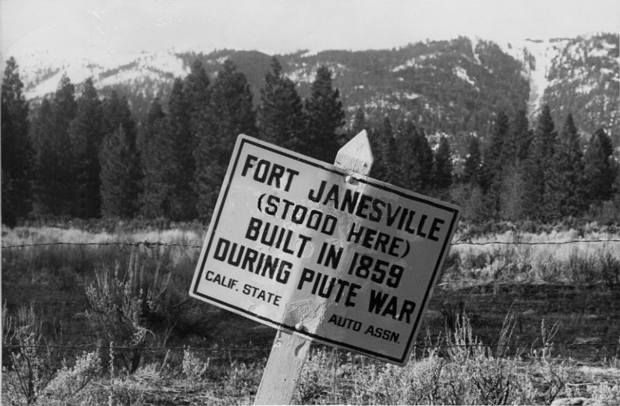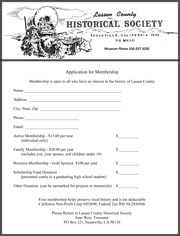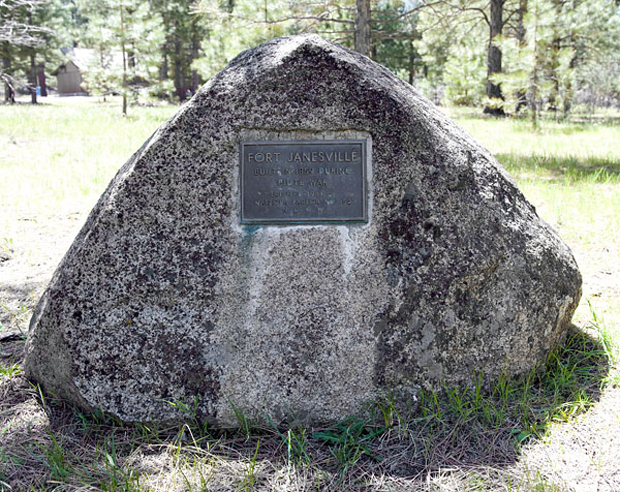
by Susan Couso
In 1860, as several tribes of Native People gathered to discuss what to do about the encroachment of emigrants onto their land, tempers flared and suggestions to abate the issue were mostly aimed at a show of force. They were ‘fed up’.
The discovery of silver in the huge Comstock Lode had brought a mass incursion into the area and destroyed a way of life for many. Construction of new towns and huge mines created a loss of essential food sources such as the pinyon pine and wild game. And as the land was claimed by outsiders, centuries-old access was denied. It was a disaster for the Native people.
It all boiled over near Pyramid Lake as the combined force of Paiutes, Bannocks and Shoshones engaged Major William Ormsby’s militia in battle to decide the issue.
Ormsby’s troops were defeated. Ormsby himself was killed, along with seventy-six of his men, and most of the survivors were injured.
This show of force by the local Native people, labeled the ‘Ormsby Massacre’, brought fear throughout the region and Honey Lake Valley residents were terrified.
In response, the citizens of the Janesville area set about building a fort to protect themselves. The town was then called ‘Bankhead’s’ and the fort was about three-fourths of a mile to the north.
Settlers streamed in as the news of the massacre spread, all hoping for the safety of the fort. They brought in about anything that they could find to construct the fortification.
It was a loopholed stockade. They cut down small pines and set them into the ground to make a sixty-three by ninety-foot stockade, which stood about 12 to 14 feet high.
Previously, Dr. Slater and F. S. Chapman had built a small cabin there, and the stockade was put up to surround the cabin. There was a small blockhouse built at the southwest corner so that men could watch for encroaching enemies.
Many families spent a couple of nights in the fort, but as the threat died down, most went home to tend to their livestock and daily lives.
The war never reached Honey Lake Valley. There remained much animosity in the region and small skirmishes continued to the south and east, but by August 1860, a treaty was reached.
In 1862, Bankhead’s was renamed ‘Janesville’. Some say it was to honor Malcom Bankhead’s wife, Jane. Others adamantly say that it was in honor of little Jane Agnes Hill, daughter of Susan and Smith J. Hill. We will never know the answer to this debate, but the town was forevermore, ‘Janesville’.
And the little stockade which had eased some terrifying fears became Fort Janesville.
After a few years without any eminent threats of invasion, the fort was no longer needed. It served as a social venue for dances and for a while school was taught there. Then it fell into disuse. Thrifty locals began helping themselves to whatever parts of the structure they might want. The doors, windows, wooden beams, and everything else were carted away. Soon, there was nothing left of the mighty Fort Janesville.

Through your membership you help preserve local history. You can download a membership application by clicking here.







